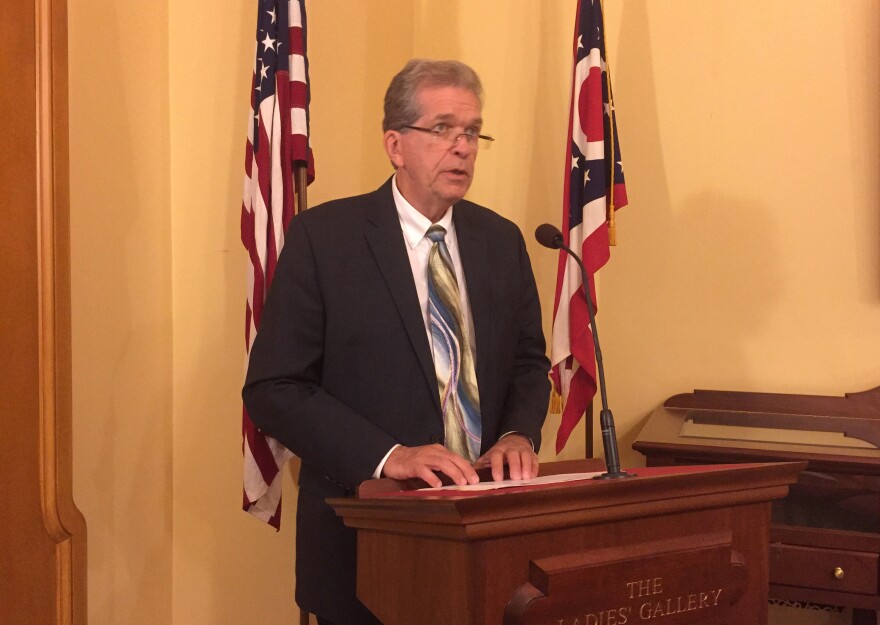A coalition of groups that advocates for low-income Ohioans says the state has made considerable progress in the effort to reduce poverty, but there is much more work to be done. The findings are part of the annual State of Poverty in Ohio report from the Ohio Association of Community Action Agencies (OACAA).
The comprehensive report focused on issues surrounding income disparities, access to transportation, and affordable housing.
Researchers found the bottom 10th percent of wage earners made seven cents per hour less than they did in 1979. The report also said a household in the top 1 percent makes in 10 days what a family of four at the poverty threshold makes in an entire year.
Advocates from OACAA say transportation is of vital importance for those experiencing poverty and “about a third of Ohio counties, nearly a million people, have no access at all to public transportation.”
The report said high housing costs remain a barrier as well.
“The average wage for a renter in Ohio is $1.93/hour less than the minimum needed to afford rent for a two-bedroom apartment,” researchers said.
To complete this year’s report, the OACAA partnered with a Columbus-based research organization, Strategic Research Group.
Philip Cole, Executive Director of the OACAA, says that they chose the research organization for their national reputation and called the pairing “perfect.”
In spite of some of the report’s more negative findings, Cole expressed signs of optimism about the state of poverty in Ohio.
“People at the bottom of the wage scale often have to work multiple part-time jobs to make a livable wage, but they still face barriers to poverty because often they don’t have affordable housing, good transportation, access to health care and their children are not in good schools,” said Cole.
According to Cole, the best way for the state to address the problem of income disparity is to increase state funding for transportation and housing projects. Cole believes that the Ohio General Assembly made a positive step by increasing money for public transportation in the recent transportation budget.
Since 2012, the state’s poverty rate has declined from 16% to 14%.
“Ohio is turning a corner. Things are getting better. I see that by driving around the state and talking with people,” says Cole.
The full report can be found on the OACAA website.



